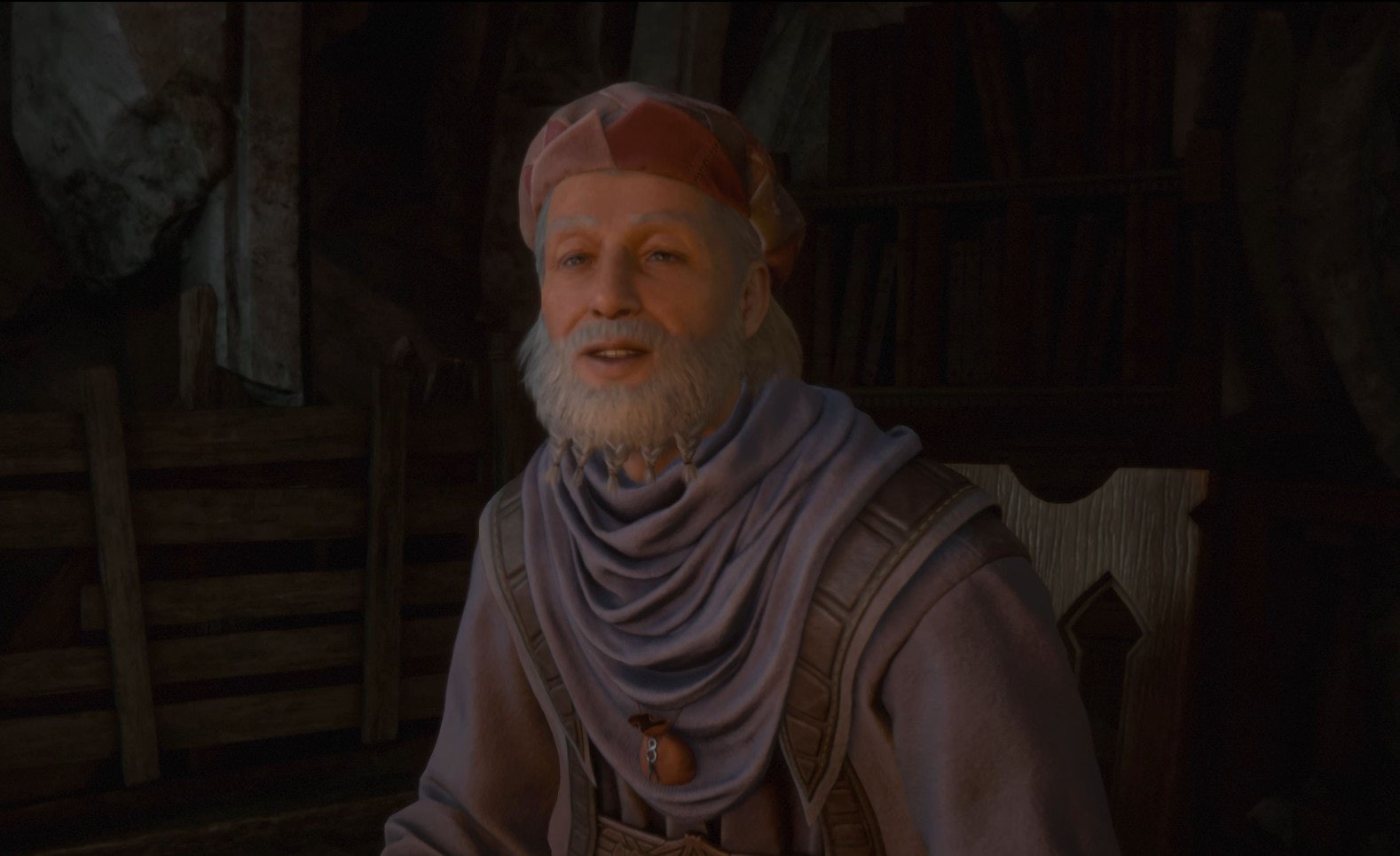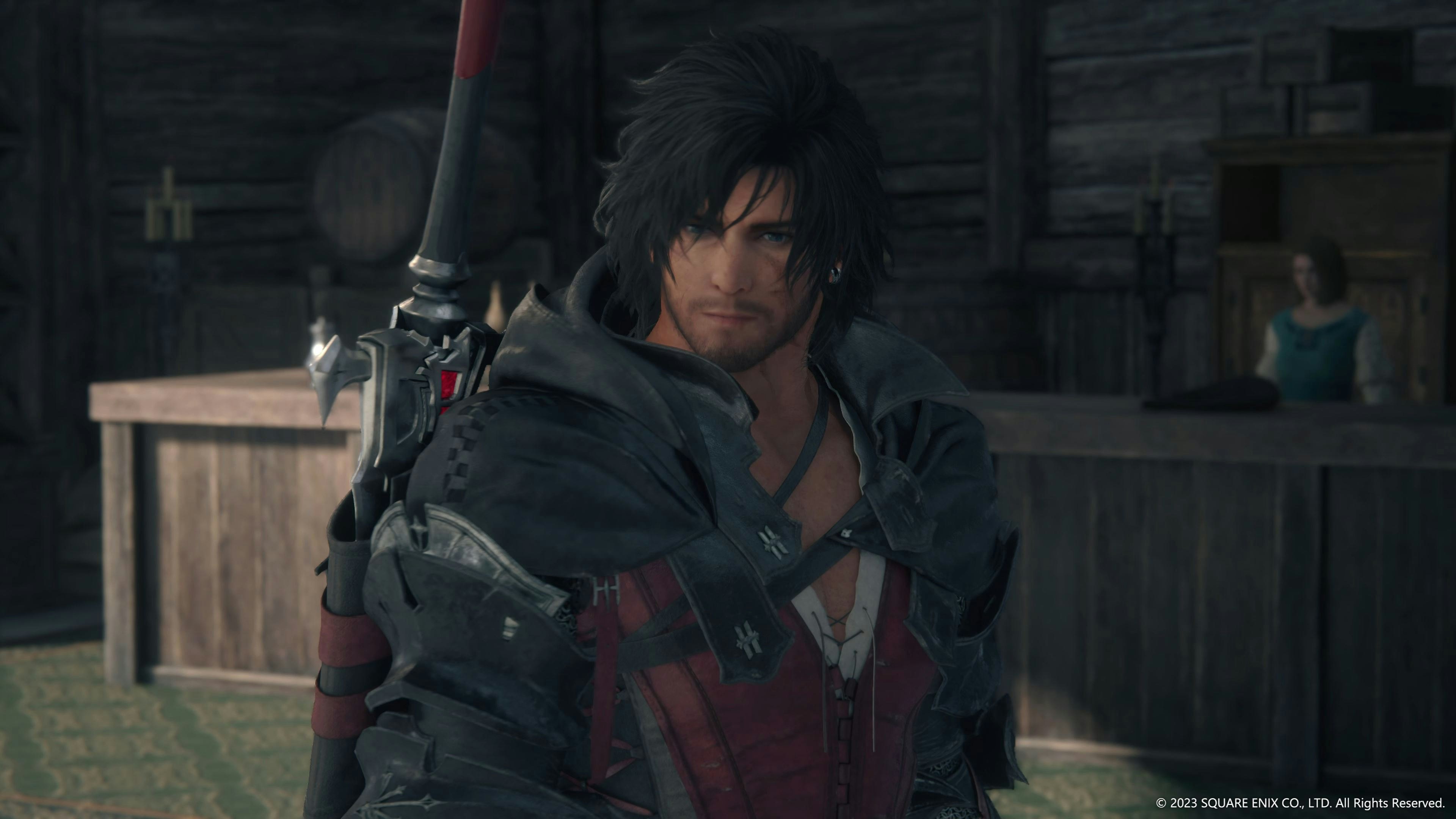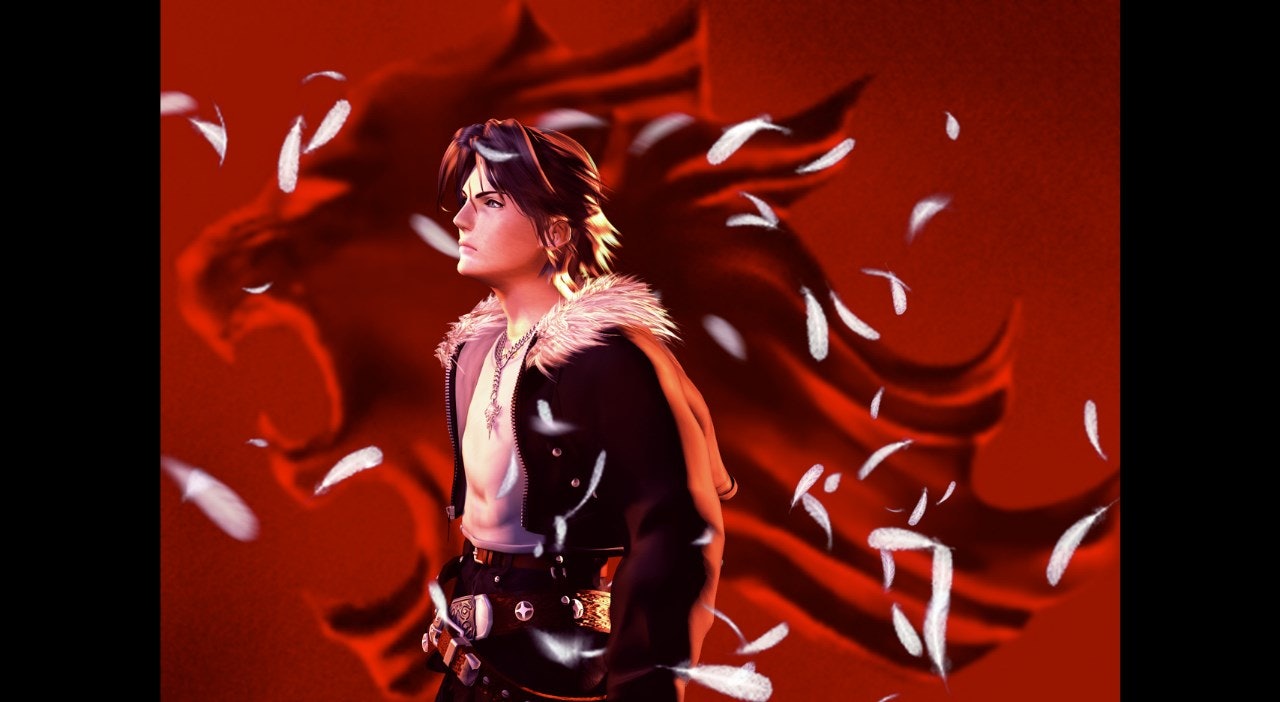
Final Fantasy is a lot like Matthew McConaughey’s character in Dazed and Confused. The 35-year-old franchise keeps getting older, its protagonists stay the same age. Thankfully the latest entry in the series, Final Fantasy XVI, switches that up with a cast of adults who are all past their 20s. Though the series has had older companions here and there, the franchise tends to star a younger core cast. But Final Fantasy XVI’s weathered crew makes a great cast for having a wider variety of ages in video games.
At the beginning of Final Fantasy XVI, teenager Clive seems awfully familiar. He has an angsty attitude and spikey hairdo to match — even if it makes no sense in the game’s traditional medieval fantasy world of Valisthea. This makes it all the more refreshing when the game jumps forward to show Clive in his late 20s, and then in his early thirties after a second time skip.

In the mainline games, no Final Fantasy protagonist before Clive has been over the age of 21 (Cloud and Lightning are both exactly 21). The franchise mainly has teenage protagonists, with Final Fantasy III’s heroes being the youngest at 14. The exception to this before Clive is Final Fantasy XV’s Noctis, who we see at age thirty briefly near the game’s finale. But with Clive, we see the world through adult eyes for an extended period.
Naoki Yoshida said in interviews before Final Fantasy XVI’s release that this was going to be the franchise’s most “mature” entry. While the grimdark story, sex, and occasional curse do make the story edgy, mature stories aren’t anything new to the series. But Clive’s mature perspective on the world is unique to Final Fantasy XVI — and it redefines how the player engages with the world itself.
Final Fantasy games are often fairytales, and the youthful protagonist continues this feeling by engaging with the world with a sense of wonder. Final Fantasy IX’s Zidane is a textbook example of this, as he takes on the role of a swashbuckling thief inspired by the likes of Shakespeare. The story has to work to help Zidane grow into something more than just a careless teenager over several dozen hours.
By having the majority of Final Fantasy XVI occur while Clive is roughly thirty, the game can jump past the coming-of-age arc and immediately show us a character who has faced the realities of his harsh world. Rather than a hopeful character who must face reality, we get to see a jaded protagonist learn to fight for something he truly believes in despite the state of the world around him.

This also allows Final Fantasy as a series to engage with adult themes in a way it’s never been able to before. And while it doesn’t fully do justice to its female characters, it attempts something fresh for the series.
Clive also isn’t the only adult in the group. He’s joined by a full cast of grown-up characters like freedom fighter Cid. (Famously, a Cid is in every Final Fantasy game, but XVI’s Cid is the franchise's best yet.) He takes on a mentor and friend role to Clive and helps him break out of his depressing outlook on life.
Final Fantasy isn’t the only series that tends to focus on coming-of-age stories and teenage protagonists. The Persona series is exclusively set in high school and has never explored how an adult cast would engage with the game’s deep philosophical themes. In addition to limiting the types of stories games can tell, it also fails to progress with the audience of players.
As games keep getting older, so do a large percentage of gamers, especially for long-running franchises like Final Fantasy. Being able to play a Final Fantasy game and see a protagonist who reflects adult players is a necessary change and one that has largely paid off for Final Fantasy XVI. Hopefully, it is a trend that continues.







